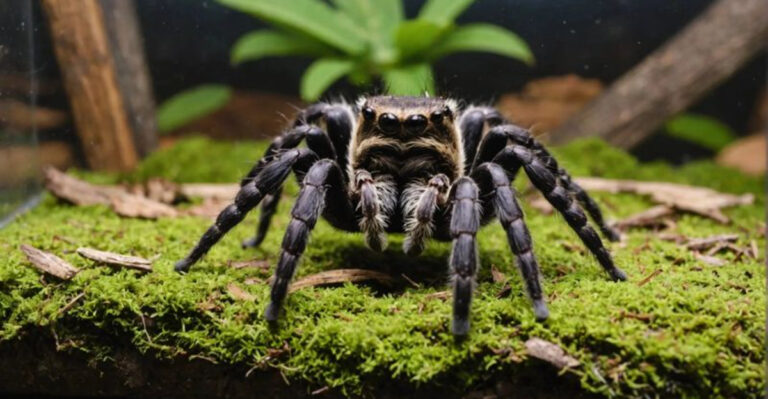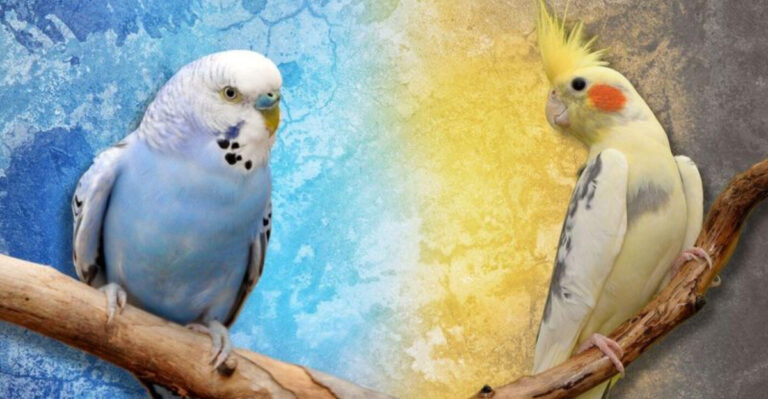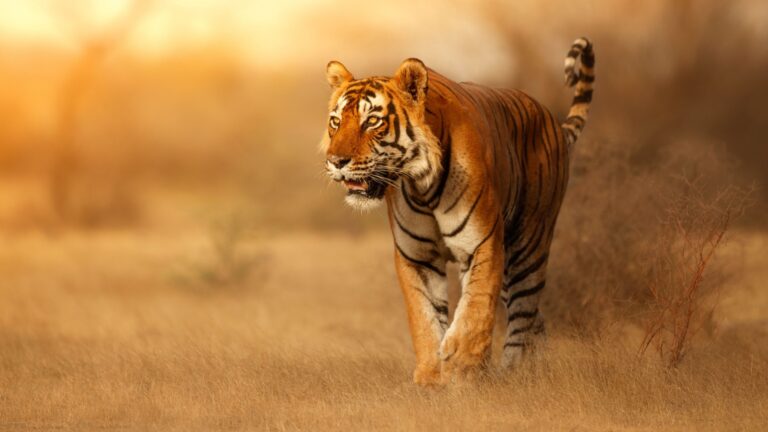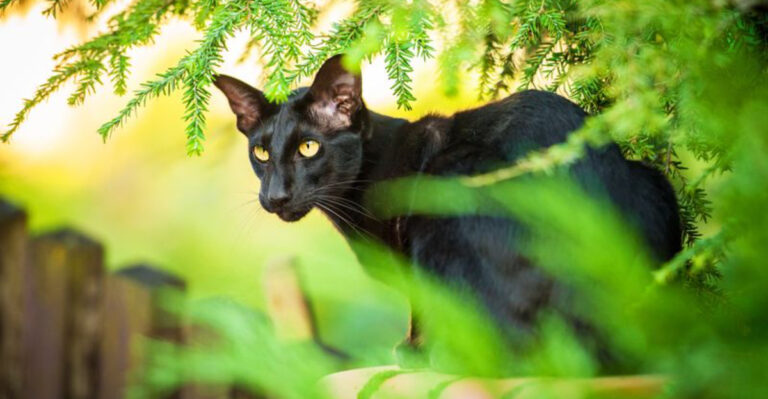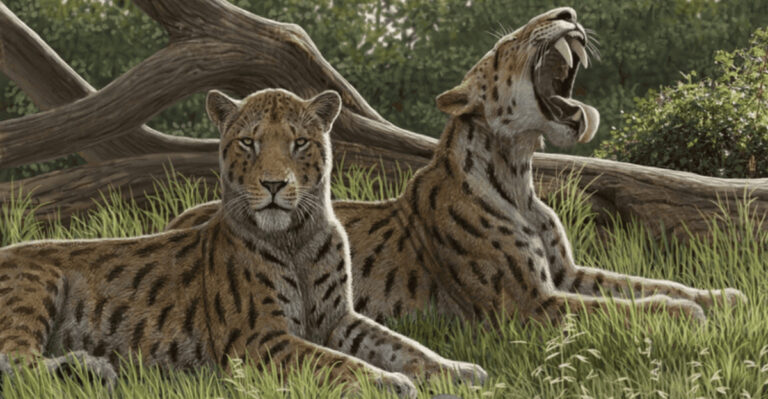15 Animals And Wildlife That Start With Letter S
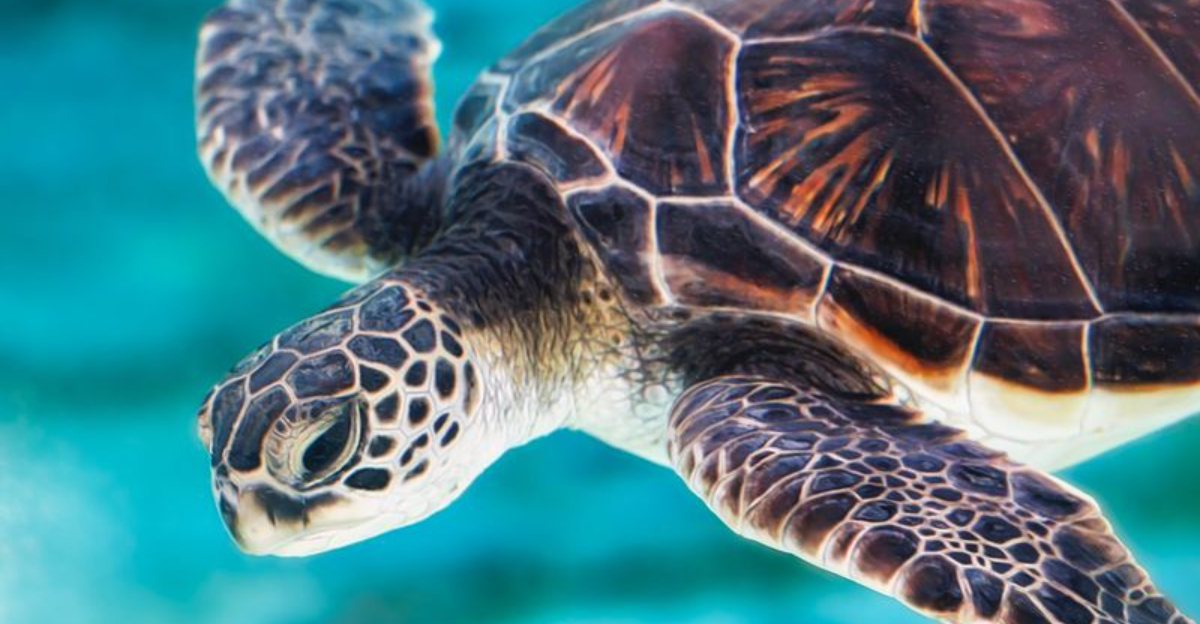
Exploring the amazing world of animals can lead us to fascinating discoveries, especially when we focus on those whose names start with the letter S.
These creatures, whether small and scaly or large and furry, remind us of the incredible diversity and wonder of the animal kingdom.
Today, we will embark on an adventure to discover such animals, each with its own unique charm and significance.
From the depths of the sea to the heights of the skies, these animals offer a glimpse into the marvelous tapestry of life on Earth.
1. Siberian Tiger
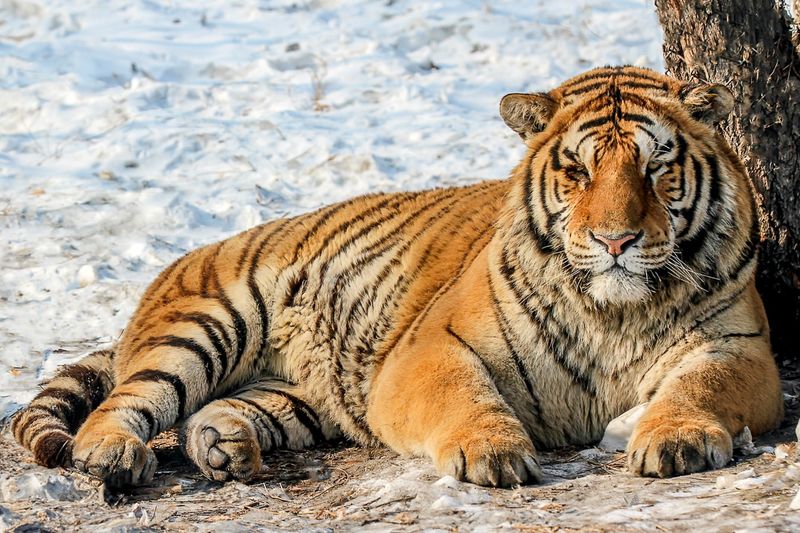
The Siberian Tiger, known for its powerful presence, prowls the cold forests of Russia. Its thick fur and striking stripes make it a master of camouflage in the snowy landscape.
As the largest tiger species, it can weigh up to 700 pounds and stretch over 10 feet in length, making it a truly formidable predator. With a diet primarily consisting of deer and wild boar, the Siberian Tiger uses its keen senses and stealth to outsmart its prey.
Despite its fearsome reputation, this tiger is under threat, with only about 500 individuals remaining in the wild. Conservation efforts are crucial to ensure its survival. These tigers are solitary creatures, spending much of their time alone except during mating season.
Their roar can be heard over vast distances, a testament to their dominance in the forest. Sadly, habitat loss and poaching have greatly affected their numbers. Protecting these magnificent animals is a priority for wildlife conservationists around the world.
2. Sea Turtle
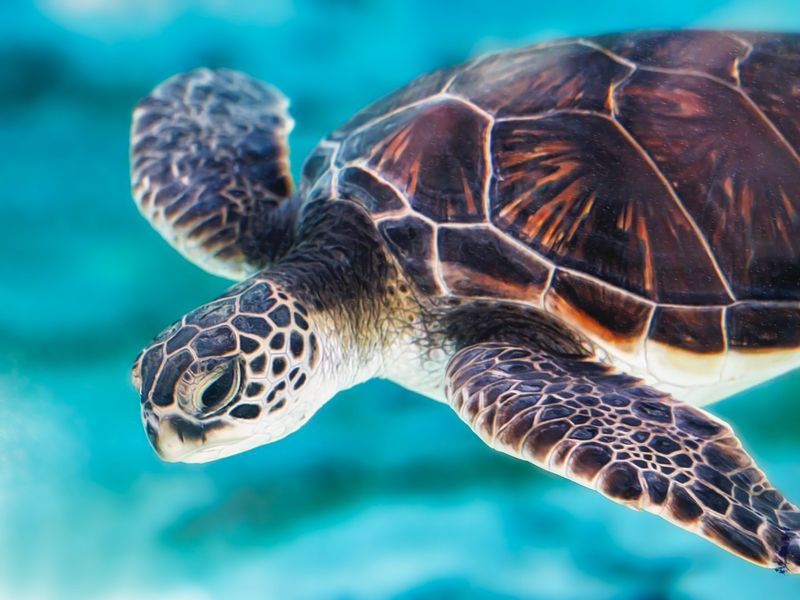
Sea Turtles glide gracefully through the oceans, embodying both elegance and endurance. These marine reptiles have been swimming the seas for over 100 million years, making them true survivors of the ancient world.
With streamlined bodies and large flippers, they can travel thousands of miles across open water. There are seven species of sea turtles, each with unique characteristics and habitats. They are known for their long migrations, often returning to the same beach where they were born to lay eggs.
This extraordinary navigational skill remains a mystery to scientists. Unfortunately, sea turtles face numerous threats, including habitat destruction, pollution, and illegal hunting.
Conservation efforts, such as protected nesting sites and marine sanctuaries, play a crucial role in their survival. These efforts are vital to ensuring that future generations can witness the beauty of sea turtles in the wild.
3. Snow Leopard
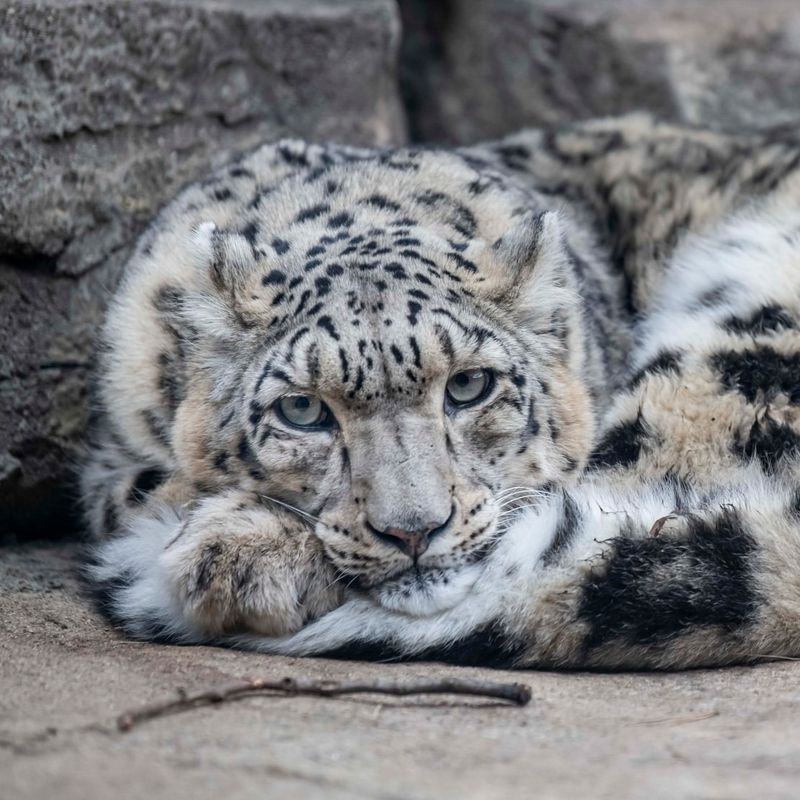
The elusive Snow Leopard roams the rugged mountains of Central Asia, a ghostly presence in a harsh environment. Known for its striking spotted coat and long, bushy tail, this cat is perfectly adapted to its cold, mountainous habitat.
Its thick fur provides insulation against the freezing temperatures. Snow Leopards are solitary and elusive, often difficult to spot in the wild. They prey on sheep, goats, and other mountain animals, using their powerful limbs to leap across rocky terrain.
Their long tails help maintain balance in these precarious settings. Sadly, Snow Leopards are endangered, with habitat loss, poaching, and conflict with humans posing significant threats.
Conservation initiatives focus on protecting their habitats and minimizing human-wildlife conflict. These efforts aim to secure a future for this magnificent cat in its natural environment.
4. Salamander
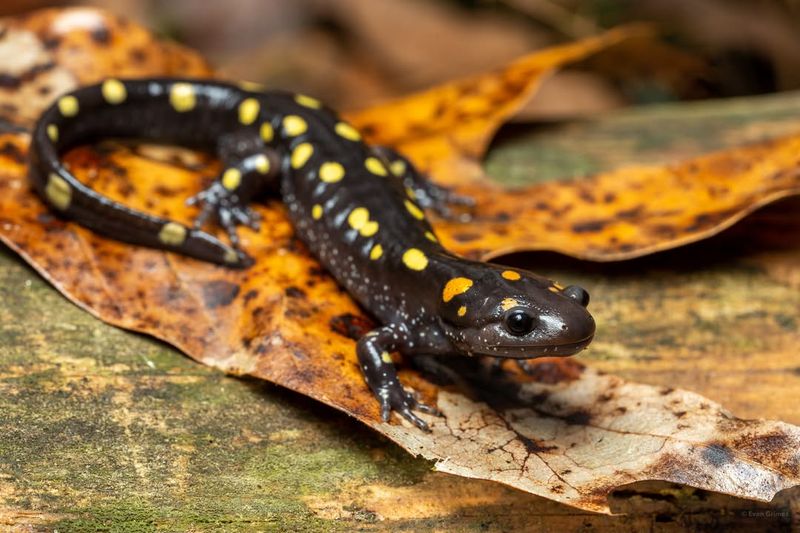
Salamanders are enchanting amphibians that often resemble small, mythical dragons. Found in moist environments like forests and streams, they play an essential role in the ecosystem.
With smooth, moist skin, they can breathe through it, an adaptation that also makes them sensitive to environmental changes. These creatures boast a remarkable ability to regenerate lost limbs, a subject of scientific fascination.
Their diet includes insects, worms, and other small creatures, helping to control pest populations. Despite their fascinating biology, many salamander species are threatened by habitat destruction and pollution.
Conservation efforts aim to preserve their habitats and raise awareness about their ecological significance. Protecting salamanders ensures the health and balance of the ecosystems they inhabit.
5. Seahorse
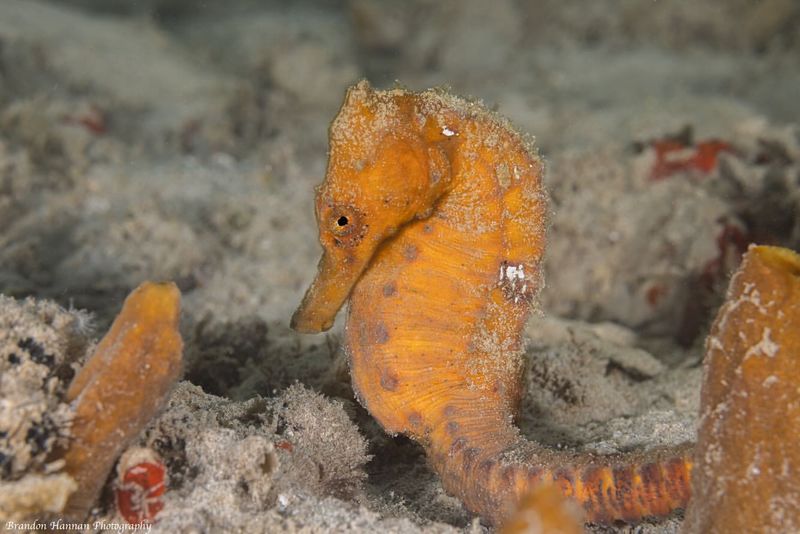
Seahorses, with their whimsical appearance and horse-like heads, are among the ocean’s most enchanting residents. These tiny fish inhabit coral reefs and seagrass beds, clinging to vegetation with their prehensile tails.
Despite their delicate look, seahorses are skilled predators, using their elongated snouts to suck in plankton and small crustaceans. One of the most fascinating aspects of seahorses is their reproductive behavior.
Unlike most animals, it’s the male seahorse that carries the young, nurturing them in a special pouch until they are ready to swim independently. Seahorses face threats from habitat destruction and the aquarium trade, with many species experiencing population declines.
Conservation efforts focus on habitat preservation and responsible trade practices. By protecting the delicate environments they call home, we can help ensure that seahorses continue to thrive in our oceans.
6. Swan
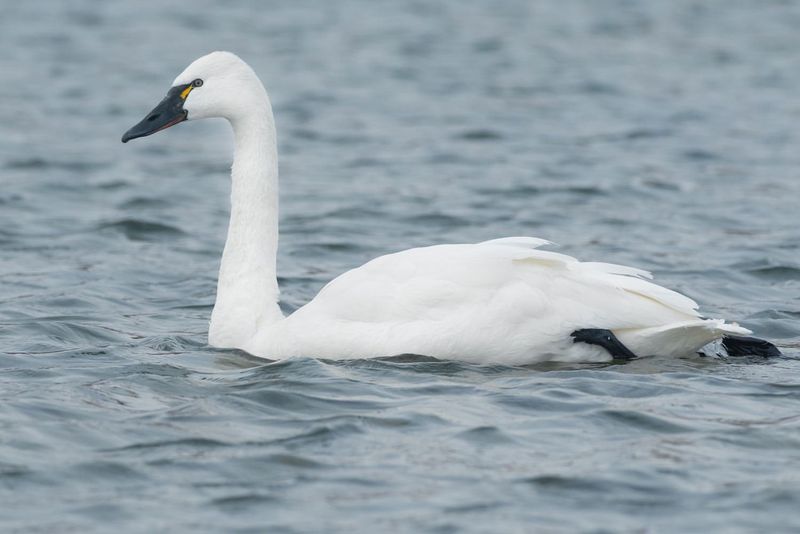
Swans epitomize grace and beauty as they glide elegantly across lakes and rivers. These large waterfowl are known for their long necks and striking white plumage, creating a picture of serenity and elegance. Swans form strong, monogamous bonds, often mating for life.
Their diet consists mainly of aquatic plants, which they reach by dipping their long necks beneath the water’s surface. Swans are also fiercely protective of their young, known as cygnets, and will defend them against any perceived threats.
The presence of swans in a habitat often indicates a healthy environment, as they require clean water and abundant food sources. Efforts to protect and preserve wetland habitats are vital to ensuring the continued well-being of swan populations around the world.
7. Sloth
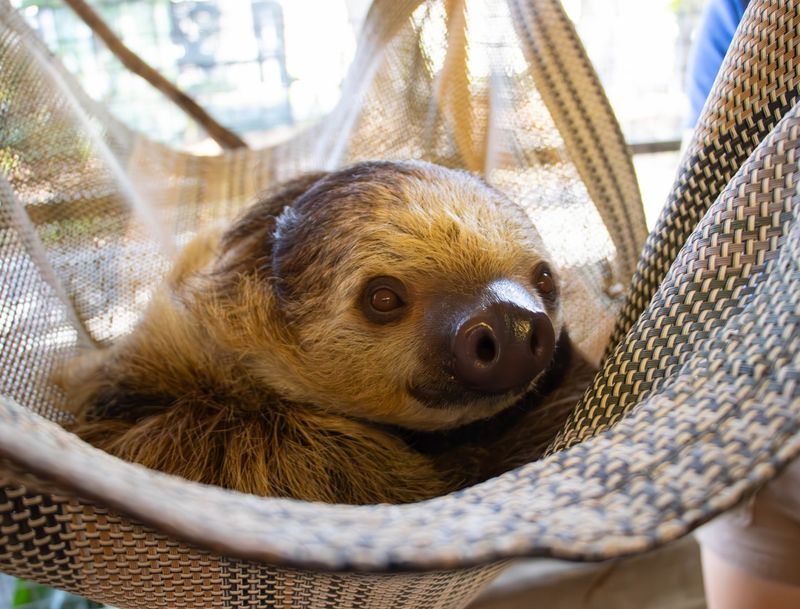
Sloths, the champions of leisure, spend most of their lives hanging upside down from trees in Central and South America’s rainforests. Known for their incredibly slow pace, sloths move so little that algae often grow on their fur, providing camouflage.
These gentle creatures are primarily nocturnal, using their long claws to grip branches tightly as they sleep or munch on leaves. Their slow metabolism means they only need to eat occasionally, making them remarkably efficient at conserving energy.
Despite their relaxed lifestyle, sloths face threats from habitat loss and hunting. Conservation efforts focus on protecting their rainforest homes and promoting sustainable land use practices. By safeguarding their environment, we can ensure that sloths continue to enchant us with their unhurried ways.
8. Squid
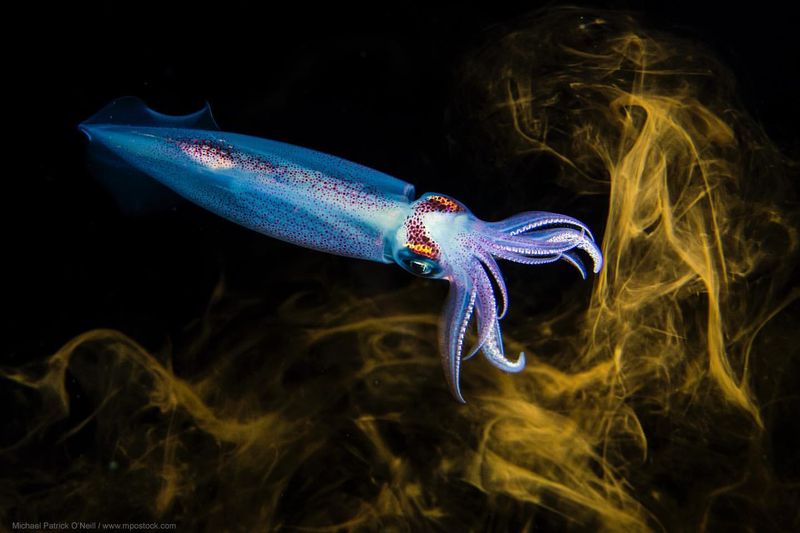
Squids are captivating creatures of the deep, known for their intelligence and intriguing abilities. With elongated bodies and tentacles, these cephalopods can be found in oceans worldwide, from shallow waters to the deep sea.
Squids are masters of disguise, using chromatophores to change color and blend into their surroundings. Their remarkable jet propulsion allows them to escape predators in a flash, shooting through the water with incredible speed.
Squids also have large brains and are considered some of the most intelligent invertebrates, capable of problem-solving and complex communication. Despite their fascinating biology, squids face challenges from overfishing and environmental changes.
Efforts to understand and protect their habitats are crucial to preserving these remarkable creatures. By appreciating the mysteries of squids, we can learn more about the depths of our oceans.
9. Scorpion
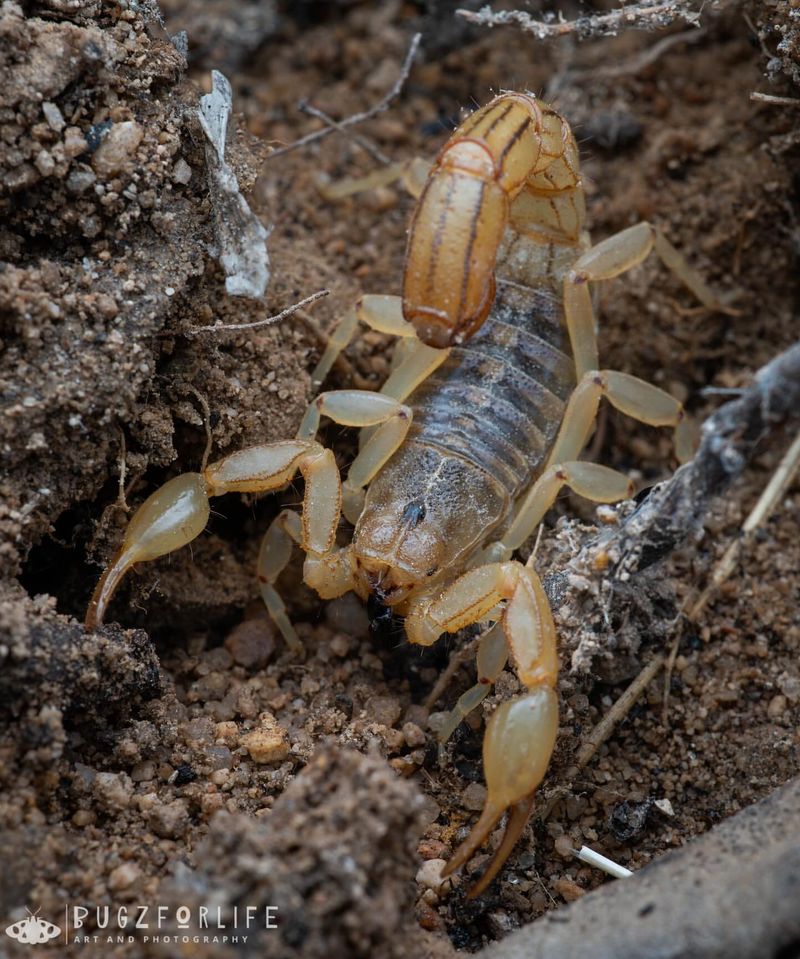
Scorpions, with their menacing appearance and potent sting, have long fascinated and frightened people. Found in deserts, forests, and grasslands, these arachnids are incredibly adaptable, thriving in harsh environments.
Their pincers and stingers make them formidable hunters, preying on insects and small animals. Despite their fearsome reputation, scorpions play an essential role in controlling pest populations. Most scorpion stings are harmless to humans, although a few species possess venom potent enough to cause serious harm.
Scorpions are nocturnal creatures, often hiding during the day and emerging at night to hunt. Conservation efforts focus on preserving their habitats and promoting appreciation for their ecological importance. By understanding and protecting scorpions, we can maintain the balance of ecosystems where they play a vital role.
10. Stingray
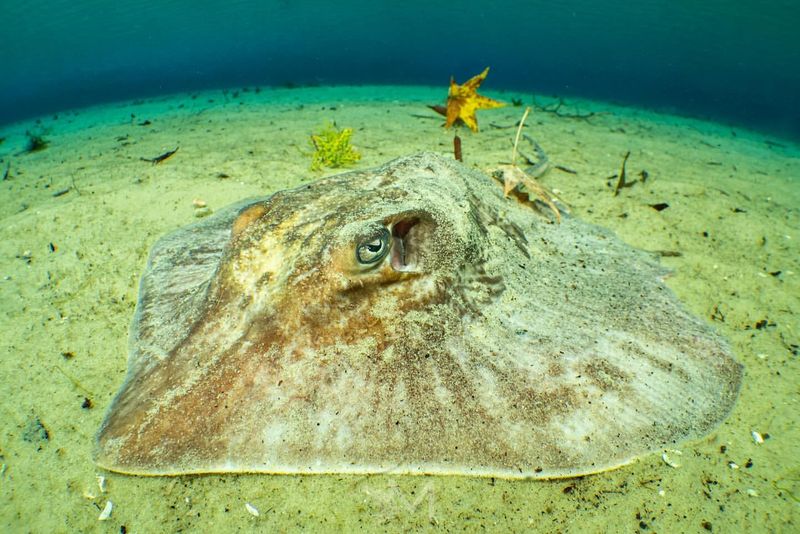
Stingrays, with their distinctive flat bodies and long, whip-like tails, are graceful inhabitants of oceans and rivers. These cartilaginous fish glide effortlessly over sandy bottoms, using their wings to stir up sediment and uncover prey.
Their diet consists mainly of mollusks and crustaceans, which they crush with powerful jaws. The stingray’s tail is equipped with a venomous barb, used for defense against predators. Though not aggressive, stingrays can deliver a painful sting if threatened.
Stingrays are often found in warm, shallow waters and are a popular attraction in aquariums worldwide. Conservation efforts focus on protecting their habitats from pollution and overfishing. By understanding and safeguarding these gentle creatures, we can ensure the continued health of marine ecosystems.
11. Sparrow
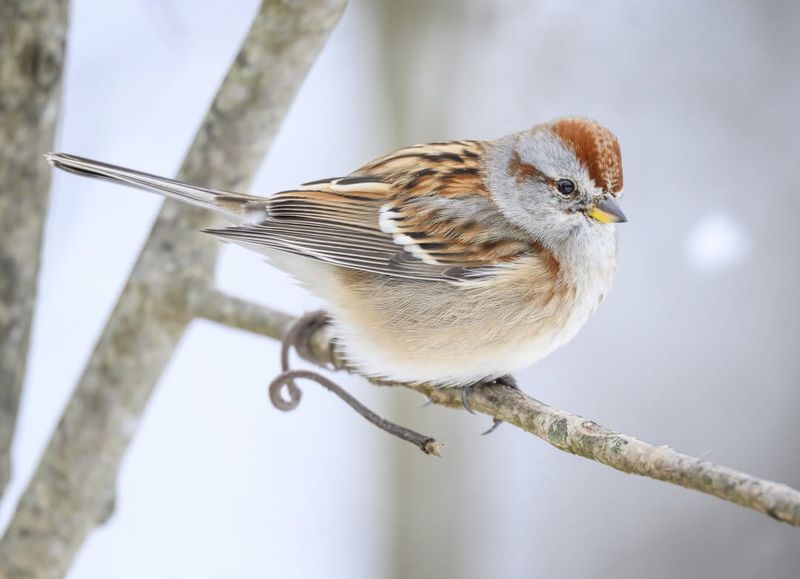
Sparrows are charming little birds that bring life and melody to gardens and parks across the globe. These small, plump birds are easily recognized by their brown and gray feathers and cheerful songs.
Sparrows are highly social, often seen in flocks, and are known for their adaptability to urban environments. Their diet consists mainly of seeds and insects, making them valuable allies in controlling pest populations in gardens and farms.
Sparrows build their nests in trees, shrubs, and even on buildings, displaying remarkable resourcefulness. Despite their widespread presence, some sparrow species face challenges from habitat loss and pollution.
Conservation efforts aim to protect their natural habitats and promote biodiversity in urban settings. By appreciating and supporting sparrows, we can enjoy their joyful presence for generations to come.
12. Shark
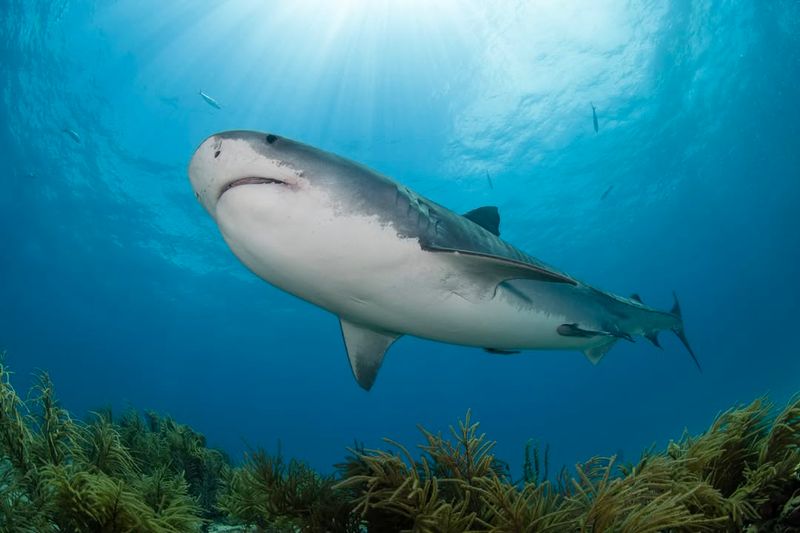
Sharks, the ocean’s apex predators, have long captivated the human imagination. With their streamlined bodies and keen senses, sharks are perfectly adapted to life in the sea. There are more than 500 species of sharks, ranging from the tiny dwarf lantern shark to the massive whale shark.
Sharks play a crucial role in marine ecosystems, helping to maintain the balance by controlling fish populations. Their keen sense of smell and acute hearing make them highly effective hunters, while their cartilaginous skeletons allow for incredible agility.
Unfortunately, sharks face significant threats from overfishing and habitat destruction. Conservation efforts focus on sustainable fishing practices and marine protected areas to ensure their survival. By understanding and appreciating sharks, we can contribute to the health and diversity of our oceans.
13. Squirrel
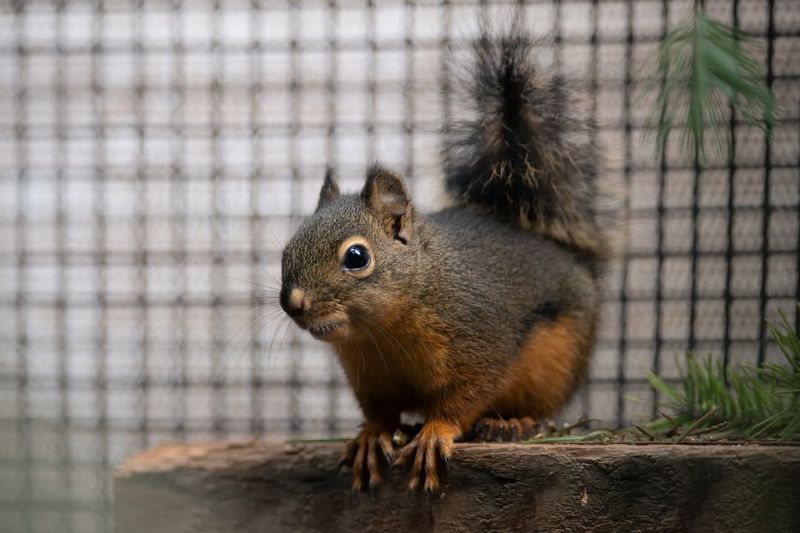
Squirrels, with their bushy tails and nimble movements, are delightful inhabitants of forests and urban parks alike. These agile rodents are known for their ability to climb trees with ease, using their sharp claws and strong hind legs.
Squirrels are primarily herbivores, feasting on nuts, seeds, and fruits. Their habit of burying food for later consumption plays a vital role in seed dispersal and forest regeneration. Despite their playful appearance, squirrels face challenges from habitat loss and urban development.
Conservation efforts focus on preserving green spaces and promoting coexistence in urban environments. By appreciating the role of squirrels in our ecosystems, we can help ensure their continued presence in our communities.
14. Starfish
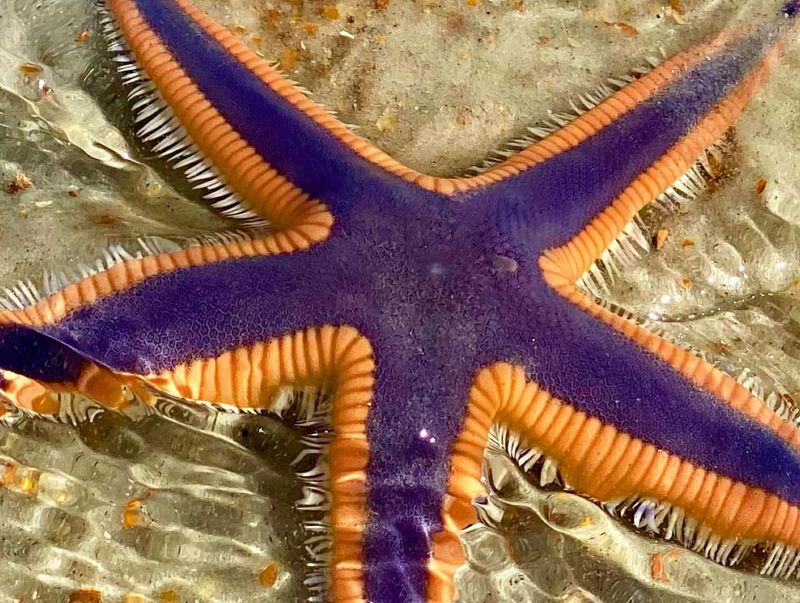
Starfish, or sea stars, are enchanting creatures of the ocean floor, known for their star-shaped bodies and vivid colors. These echinoderms inhabit rocky tide pools and coral reefs, where they can be seen crawling slowly over the substrate.
Starfish have a unique ability to regenerate lost limbs, a trait that fascinates scientists. They feed primarily on mollusks, prying open shells with their tube feet and everting their stomachs to digest their prey externally.
Despite their resilience, starfish face threats from ocean pollution and climate change. Conservation efforts focus on protecting their habitats and promoting awareness of their ecological importance. By understanding and safeguarding starfish, we contribute to the health and diversity of marine ecosystems.
15. Salmon
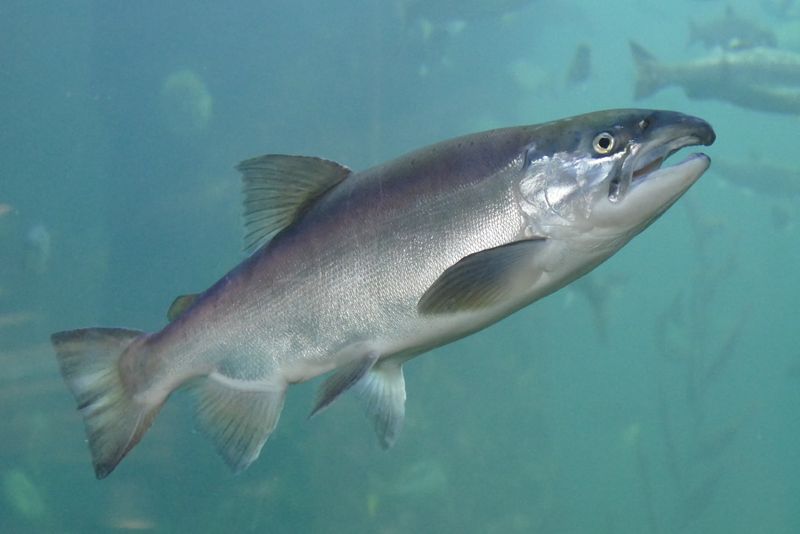
Salmon are remarkable fish known for their epic migrations and culinary value. Born in freshwater rivers, they journey to the ocean and back during their lifetime, traversing thousands of miles in the process.
This incredible life cycle includes a dramatic return to their birthplace to spawn, often overcoming significant obstacles along the way. Salmon play a vital role in both aquatic and terrestrial ecosystems.
As they migrate, they transport nutrients from the ocean to river environments, benefiting a wide range of species. This nutrient exchange supports the growth of trees and plants along riverbanks. Unfortunately, salmon populations are threatened by overfishing, habitat destruction, and climate change.
Conservation efforts focus on restoring river habitats, implementing sustainable fishing practices, and supporting hatchery programs. Ensuring the survival of salmon is crucial for maintaining the balance and health of ecosystems they inhabit.


